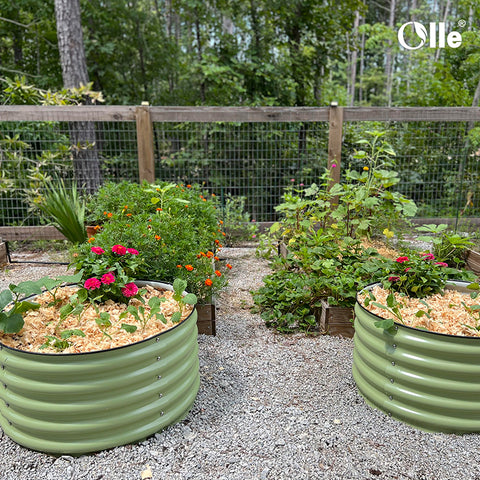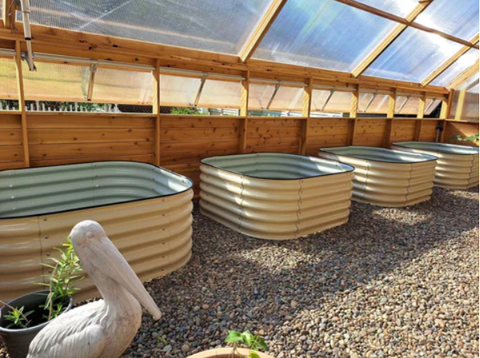Creating an Inclusive Oasis: Tips for Improving Accessibility in Your Garden
Gardens beds are lovely, peaceful, and comforting places. They offer a location where you can connect with nature, unwind, and get inspired. Due to accessibility issues, not everyone can take full advantage of a garden's benefits. You can design a landscape that welcomes everyone, regardless of their physical capacity, by including intelligent design and inclusive features. This blog post will discuss ways to make your garden more accessible so that it can serve as a true oasis for all people.
1.Pathways and Surfaces:
The first step towards a more accessible garden is creating smooth and even pathways. Ensure that walkways are wide enough for wheelchairs and mobility aids, with a non-slip surface. Use materials like gravel, pavers, or flagstones that are easy to navigate and won't obstruct wheels.
2.Raised Beds and Containers:
Raised beds and containers can be a fantastic addition to any garden, as they reduce the need for bending or kneeling. Make sure your raised beds are at a height that can be comfortably reached from a seated position. Consider vertical gardening options for those with limited mobility.
3.Seating Areas:
Include seating areas strategically throughout your garden, offering a place to rest and enjoy the surroundings. Opt for benches with armrests for easier sitting and standing, and choose materials that are comfortable and weather-resistant.
4.Accessible Planting:
Design your garden to accommodate a variety of senses. Incorporate fragrant plants, textured foliage, and colorful blooms to engage sight, touch, and smell. Use raised planters or hanging baskets for those who prefer to garden at waist or eye level.

5.Clear Signage and Labels:
Create clear signage and labels using high-contrast colors and large fonts. These are especially helpful for individuals with visual impairments. Consider using tactile signs or braille labels for a more inclusive experience.
6.Adaptive Tools:
Provide a selection of adaptive gardening tools that can be borrowed or used within the garden. Tools with ergonomic handles, extended reach, and easy-grip features can make gardening tasks more manageable for people with limited dexterity.
7.Watering Solutions:
Installing a watering system with easily reachable controls can be incredibly useful for individuals with mobility challenges. Drip irrigation systems can minimize the effort required to water plants while conserving water.
8.Sensory Garden Features:
A sensory garden engages various senses and can be particularly enjoyable for individuals with disabilities. Incorporate wind chimes, water features, and different textures to create a multi-sensory experience
9.Lighting Considerations:
Ensure that your garden is well-lit, especially in areas where pathways intersect or near seating areas. Proper lighting helps prevent accidents and enhances the overall garden experience for those with low vision.

10.Community Involvement:
Engage with your local community and accessibility organizations to gather insights and feedback on how to make your garden more inclusive. Collaborate with experts and individuals with disabilities to identify potential areas for improvement.
An accessible garden not only benefits individuals with disabilities but enriches the lives of everyone who visits it. By implementing thoughtful design, incorporating adaptive features, and engaging the community, you can transform your garden into a haven of inclusivity and natural beauty. Remember, the goal is to create an oasis where everyone can find joy, connection, and inspiration through the power of nature.
